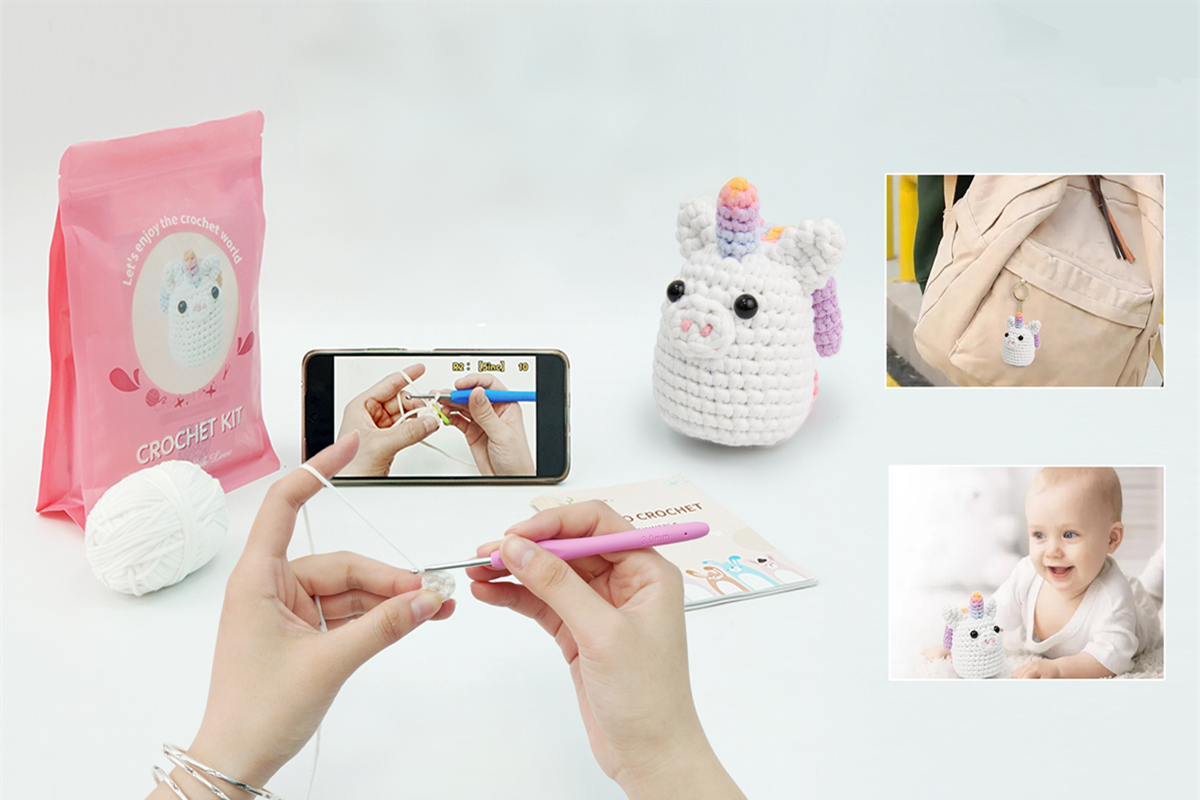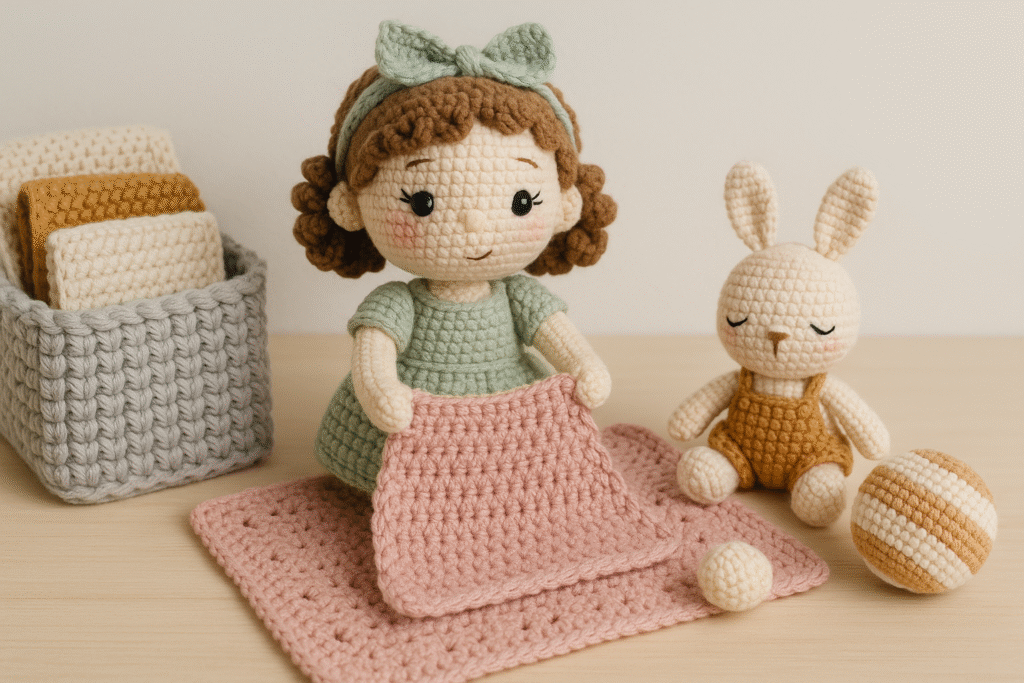You feel overwhelmed by daily stress and mental fatigue. Your mind races with endless thoughts and worries, making it hard to focus or relax. The solution might be simpler than you think—crocheting could be the mental exercise your brain needs to find calm and clarity.
Yes, crochet benefits your brain by reducing stress, improving focus, and delaying cognitive decline. The rhythmic motion and repetitive patterns create a meditative state that activates both hemispheres of the brain, promoting mental well-being and cognitive flexibility.

We often look for complex solutions to improve our mental health. Meditation apps, brain games, expensive supplements. Yet one of the most effective brain-boosting activities has been around for centuries. Crocheting offers a simple, accessible way to improve your cognitive function while creating something beautiful. It's a practical mindfulness practice that anyone can adopt, regardless of age or ability. The beauty of crochet lies in its dual nature—it's both a mental exercise and a creative outlet. When your hands are busy with the rhythmic motion of stitching, your mind enters a focused state that allows daily worries to fade away. This mindful state, often called "flow," is where our brains perform best—relaxed yet alert, focused yet creative.
Crochet for Well-Being: Mindful Crafting Enhanced by Thoughtful Kits and Quality Materials
You want to try crochet but don't know where to start or fear you'll struggle. Starting new hobbies can be intimidating, especially when you think you need natural talent. The solution is simpler than you might think—UMY's well-designed crochet kits make it easy to begin your mindful crafting journey with confidence.
Thoughtfully designed crochet kits provide beginner-friendly materials, instructions, and patterns that lower barriers to entry. These kits enhance the mindful experience by eliminating frustration with poor-quality materials or unclear instructions, allowing you to focus on the therapeutic benefits of the craft itself.

Let me explain how crochet specifically benefits your brain and how proper materials enhance this experience. The brain benefits of crochet come from several interconnected mechanisms. First, the repetitive motion of crocheting activates the parietal lobe, which is involved in processing spatial information and hand-eye coordination. This repetitive action actually induces a state similar to meditation, reducing stress hormones while increasing mood-enhancing neurotransmitters.
Here's how crochet benefits different aspects of brain health:
| Brain Benefit | Mechanism | Positive Impact |
|---|---|---|
| Stress Reduction | Repetitive motion lowers cortisol levels | Creates calm, focused mental state |
| Cognitive Reserve | Learning complex stitches builds neural pathways | Delays age-related cognitive decline |
| Mindfulness | Focused attention on current moment | Reduces anxiety and negative thought patterns |
| Motor Skills | Fine hand movements activate multiple brain regions | Improves dexterity and neural connectivity |
| Creative Expression | Color and pattern choices engage imagination | Boosts dopamine and self-esteem |
The quality of your materials significantly affects this brain-boosting experience. When you're using soft, premium yarn that doesn't split or snag, and well-designed hooks that fit comfortably in your hand, you can enter that mindful state more easily. This is where professionally prepared crochet kits make a difference. They eliminate the frustration of poor-quality materials that can pull you out of the meditative state and back into a place of irritation and stress.
I remember working on a project to create therapeutic crochet kits for elderly patients in care facilities. Our customer was initially concerned about the complexity, but we developed simplified patterns that still provided the mental benefits. The results were remarkable—patients reported reduced anxiety, better sleep, and even improved hand strength. What surprised us most was how the social aspect of group crochet sessions created additional cognitive benefits through interaction. This experience showed me how accessible and powerful crochet can be for brain health when paired with the right materials and thoughtful design. We had one patient who had been withdrawn and non-verbal for months. Within weeks of joining the crochet group, she began participating in conversations and even started teaching others simple stitches. The physical act of crocheting, combined with the social connection, seemed to reawaken parts of her brain that had been dormant. This case demonstrated how crochet can be more than just a hobby—it can be a therapeutic tool that supports overall brain health and emotional well-being.
Conclusion
Crochet is excellent for your brain, reducing stress and building cognitive resilience. Quality kits make this therapeutic hobby accessible to everyone.




